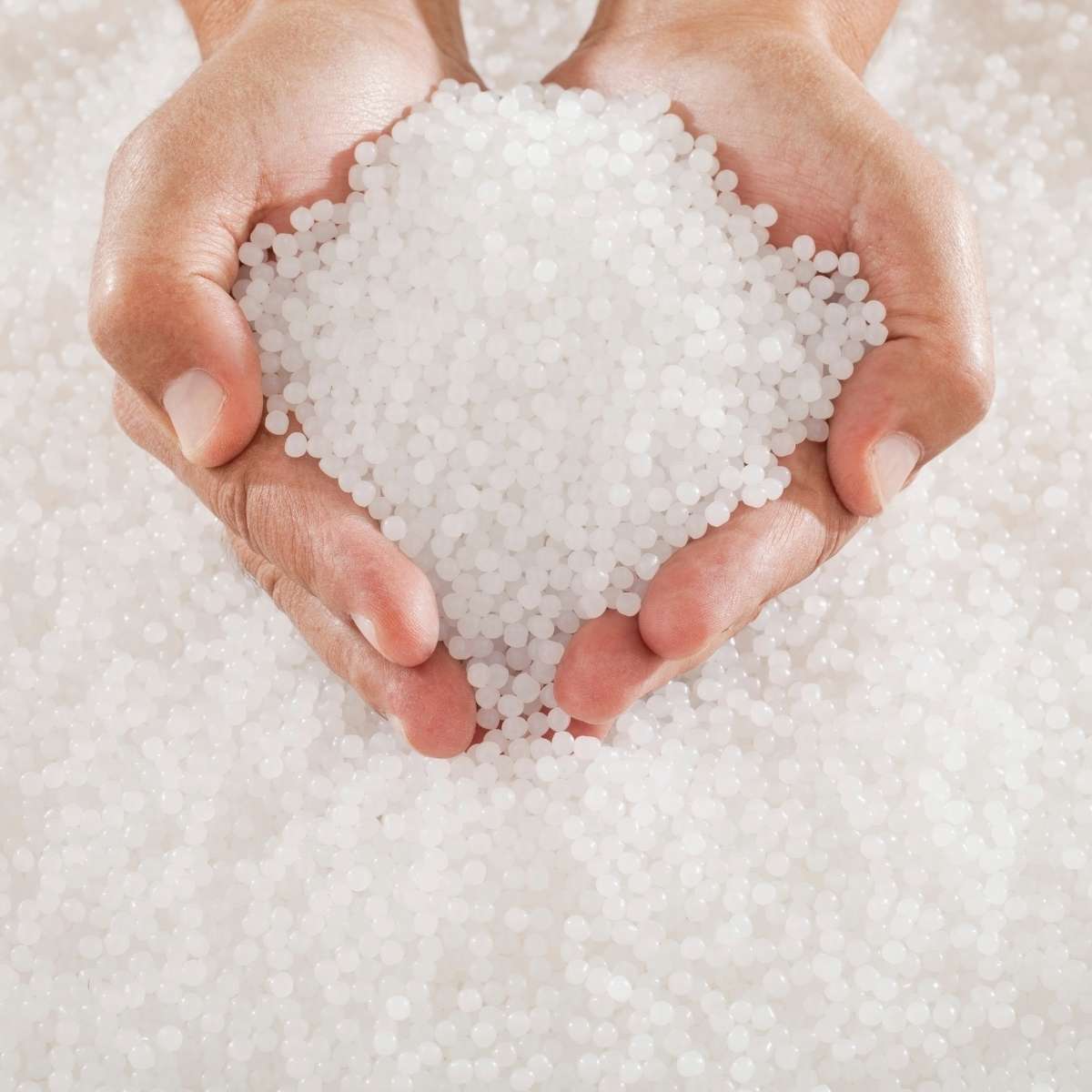
Looking to learn more about thermoforms, sustainable packaging, environmental regulations or recycling…


When taking into account plastic packaging types, it’s important to think about what kind of material you’re using. The proper plastic can serve as a secure and valuable solution for your business needs, but there’s more the right plastic can offer.
There are a variety of different plastics types. PET is one of them that is commonly used in food and retail packaging.
PET stands for polyethylene terephthalate and is mostly used for bottling or materials for food, water or consumer products. Items made out of PET contain a resin identification code with the number “1” marked on them. Whether you have noticed or not, there’s a good chance you either touch or see PET plastics at least once a day.
Here are some facts about PET plastics according to the National Association for PET Container Resources (NAPCOR):
There are evident and affirmative benefits from recycling PET plastics. Below are some essential advantages gained by recycled PET, according to NAPCOR:
If you are in the packaging business and would like to make an environmental impact, think about using PET plastics. Recycling a packaging plastic such as PET will have beneficial results in the long run.
See the slide share below for more information on PET!
